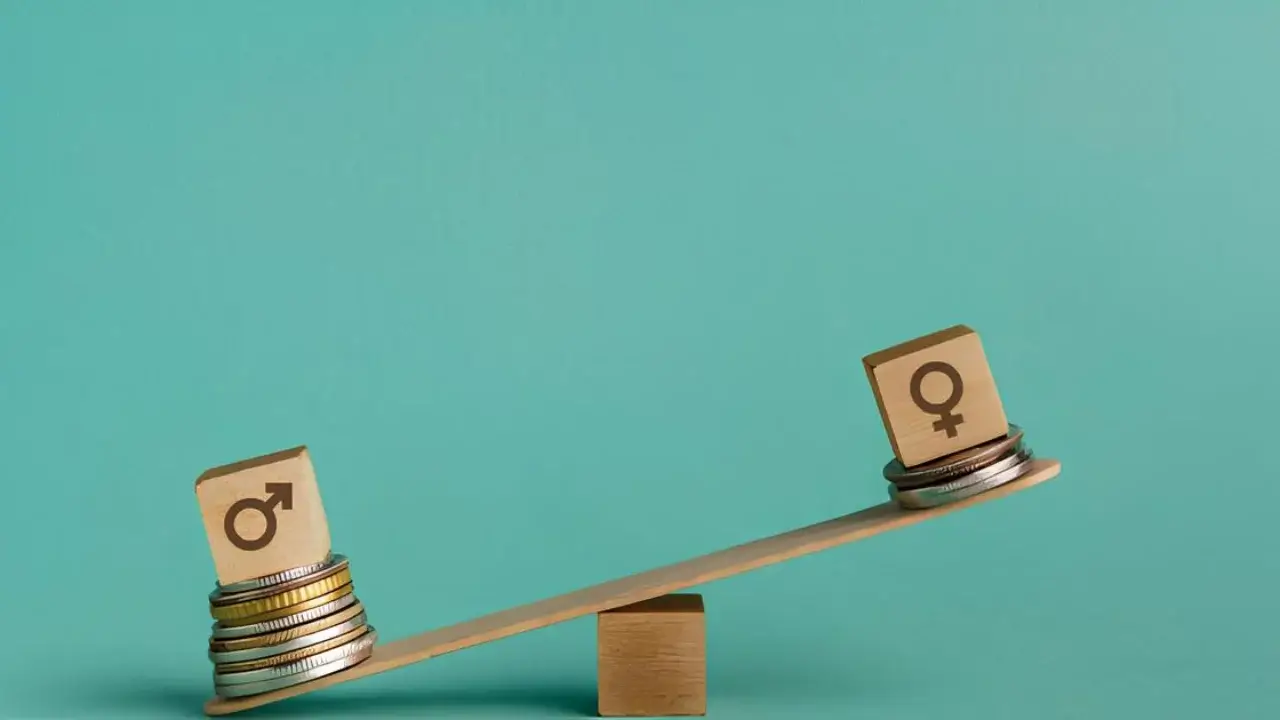
The latest report from the International Labour Organization (ILO) shows that the gender pay gap in Pakistan has strengthened, positioning the country among the worst in South Asia for wage disparities between men and women. The data points to the traditional discrimination in Pakistan's labor market, where women face serious barriers in hiring, salary, and career advancement, as reported by Dailyasianage.com.
According to the ILO's "Global Wage Report" released in July 2025, women in Pakistan earn on average 34% less than men—this pay gap is wider than the global average and worse than many countries in the region (India, Bangladesh, Sri Lanka, and Nepal). While some countries have shown successful growth, in Pakistan, progress has been hindered due to socio-economic, cultural, and institutional factors.
Problems in a dual economy
Pakistan's labor market is sharply divided, with many women working in the informal economy—in agriculture, domestic work, and home-based manufacturing—where wages are low, protections limited, and formal contracts rare. Even in the formal sector, women with similar qualifications and experience earn less than men. In other words, even in higher-skilled positions, they face a "glass ceiling" that prevents them from advancing to senior roles. This dual economy distorts income distribution and hinders economic development by failing to fully value half the population. The report warns that if these disparities are not addressed, they will exacerbate social exclusion, reduce social cohesion, and diminish productivity.
Cultural and institutional barriers
The gender pay gap in Pakistan is not only an economic issue but also a result of cultural and institutional factors. Traditional gender roles restrict women's participation in full-time, well-paid work. Social expectations regarding marriage, childcare, and household duties often push women into part-time or low-flexibility jobs.
In rural and conservative areas, mobility restrictions and safety concerns further limit employment opportunities. The education system fails to prepare women for higher-paying, technological jobs. Institutional biases in hiring, promotions, and evaluations harm women's rights, limiting their access to leadership positions. This occurs within a context of weak enforcement of labor laws and limited female representation in trade unions.
Political reforms, limited impact
Despite political reforms aimed at gender equality, their impact has been minimal. Some gender-specific policies exist, such as maternity leave, anti-harassment laws, and public sector quotas, but their implementation has been weak, and they often remain ineffective in sectors where many women work informally or in low-wage jobs.
The COVID-19 pandemic disproportionately affected women, who were often the first to lose their jobs and the last to be rehired. The ILO notes that the pandemic has widened existing wage and opportunity gaps, and recovery efforts have failed to adequately address gendered impacts.
Poor regional comparison
Despite the challenges of gender inequality in South Asia, Pakistan's situation is particularly dire. The 2025 World Economic Forum's "Global Gender Gap Report" ranks Pakistan 151st out of 156 countries for women's economic participation and opportunity. In contrast, countries like Bangladesh have made significant strides in increasing female labor participation and narrowing pay gaps. Pakistan's lag raises questions about institutional commitment and capacity to implement gender equality reforms. The ILO warns that, without structural reforms, Pakistan risks falling further behind regionally, damaging both equity and economic competitiveness.
The economic cost of inequality
The gender pay gap also carries clear economic costs. Studies by McKinsey and the IMF show that gender equality boosts economic growth and innovation. Pakistan's underrepresentation and underpayment of women mean the country is not fully utilizing its labor potential. According to the ILO, reducing the pay gap by just 10% could add 3% to GDP and create nearly 3 million jobs.
Furthermore, female labor force participation remains low, at just 21%, and wage discrimination continues to be unchecked.
Social exclusion of women
The gender pay gap reflects broader social inequalities in Pakistan, intersecting with urban-rural divides, class, and access to education and healthcare. Women from marginalized communities face multiple, overlapping exclusions.
Users of Меҳмон are not allowed to comment this publication.














